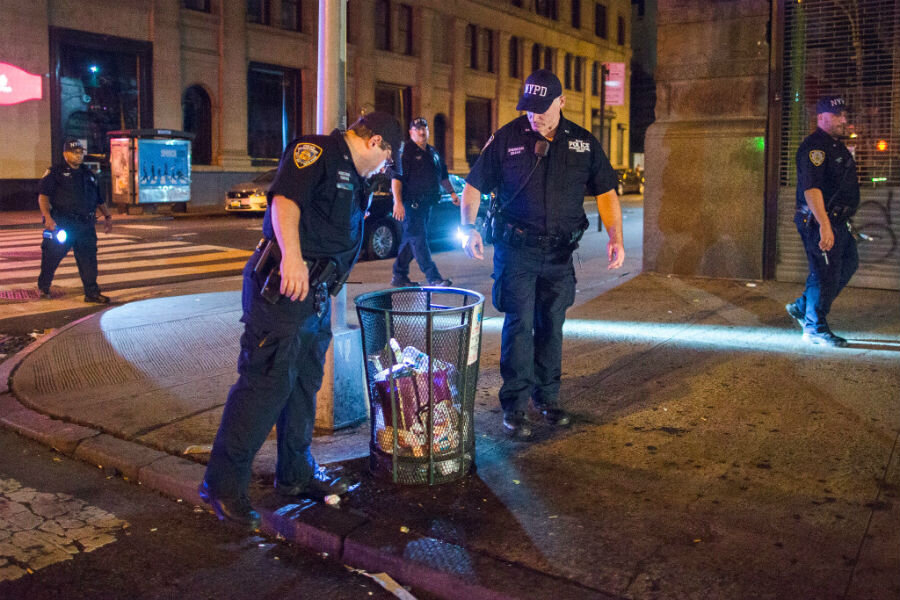What do we know so far about the NYC bombing?
Loading...
An explosion rocked Manhattan's Chelsea neighborhood late Saturday night, injuring 29 people.
Police later identified what appeared to be a second explosive device four blocks away from the initial explosion. The device, a pressure cooker with wires and a cell phone attached, was taken away by police to be examined with robots.
So far, injuries related to the explosion do not seem to be life threatening, though one is classified as "serious." But while the two devices seem to reveal some kind of coordinated destructive effort, New York Mayor Bill de Blasio has told the public that there is no known terrorist connection, and there have been no claims of responsibility for the detonation, which he characterized as an "intentional act."
According to the New York Times, the explosion occurred at about 8:30 p.m. on West 23rd Street, apparently originating from an explosive in a dumpster. The explosion shattered several windows and set off car alarms, with witnesses reporting feeling the shockwave from multiple blocks away.
Most injuries were minor cuts and bruises, though some victims were hit with shrapnel.
Police acted quickly, shutting down a large swath of Manhattan below Midtown while they searched the area for other explosives. A few hours later, the second device was found in a white plastic bag, according to the New York Daily News. Also in the bag was a piece of paper, according to one source, but it was not clear what, if anything, was written on it. The device was carried off for further investigation. Police also examined a third potential device that turned out to just be an abandoned briefcase.
As the search turned up no other potential explosives, police began to slowly reopen streets, and residents were allowed to return to their neighborhood.
West 23rd street is the busiest east-west thoroughfare in Chelsea, full of shops and restaurants, but the bomb's location did not seem to take full advantage of its potential impact. "We don’t understand the target or the significance of it," an anonymous police official told the New York Times. "It’s by a pile of dumpsters on a random sidewalk."
According to the same official, the police had surveillance video of a man crossing the street in the direction of where the device would eventually be detonated, but they had yet to obtain any video of the device actually being placed there.
The attack comes less than a week after the 15th anniversary of 9/11, with heightened awareness of terrorism at the forefront of many New Yorkers' minds. The NYPD's counterterrorism unit and the FBI Joint Terrorism Task force were on the scene, though officials say it is not known whether the attack has any terrorist connection.
The second device appears to be similar to the pressure cooker bombs used in the Boston Marathon terrorist attacks on April 15, 2013. Like the Chelsea incident, two bombs were used in that attack, though it is not known whether the bomb that actually detonated in Chelsea was a pressure cooker design as well.
Earlier on Saturday morning, a pipe bomb in a garbage can went off in Seaside Park, N.J. The bomb failed to harm anyone, but was apparently intended to coincide with a Marine Corps charity run, according to CNN. About a half hour before the Chelsea explosion, eight people were stabbed in a Minnesota mall by an attacker who asked at least one victim if they were Muslim and made references to Allah, according to ABC. Officials have said that both of these incidents appear to be unrelated to the Manhattan explosives.
Whatever the origin of the Chelsea bombs, Mayor de Blasio urged New Yorkers to resist the temptation to give in to fear.
"Now, I want to be clear: Whatever the cause, whatever the intention here, New Yorkers will not be intimidated," the mayor said in the press conference.
"We are not going to let anyone change who we are or how we go about our lives."








